Kenya animals
Are you interested in knowing Kenya Animals? Do you need guide about Kenya wild animals?
It’s on record that no country in Africa where one can see wildlife better than Kenya. On this site we shall guide you about all categories of wildlife and birdlife in Kenya.
Browse the pages below to learn about Kenya and its wildlife types.
Kenya is a country with contrasting habitats and scenery, from the long stretches of Indian Ocean coast in the East to the Western rainforest and from the Northern deserts through the central highland forest and down to the rolling grasslands of the Maasai Mara in the South.
This diverse geography means that it has an equally diverse ecology with a vast range of plants, birds,mammals , reptiles and amphibians.
While it is possibly best known for its big cats it is also home to a range of other animals and on these pages we have tried to show a number of Kenya's "beasts".
Much of our time in Kenya is spent watching and photographing the birds and we have a full page about birdlife in Kenya which provides extensive information on Kenya's fascinating bird life.
This page is a bit less detailed but we hope it provides information and photos of animals which people will find useful and interesting. And if anyone out there knows which particular species of animal in Kenya we haven’t put, you are free to contact us.
Types of Animals in Kenya
Kenya Reptile
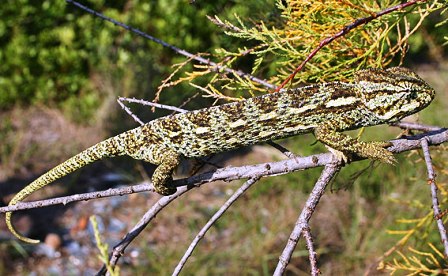
African Chameleon
Even when it went into its distinctive jerky walk, designed to mimic the movement of a branch or twig in the breeze, it still looked like a lizard crossing the road..... But very slowly. More
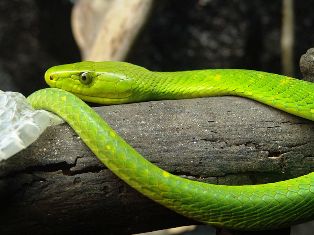
Green Mamba
Despite being highly poisonous it is not aggressive and generally likes to hide. Its colouring and markings make it quite difficult to see in its favourite habitat - tree branches.
The dark markings against the green colour allow it to blend in with the leaves and twigs.More
Kenya Crocodiles
They inhabit rivers and fresh-water lakes in Kenya and are able to survive through dry spells by burying themselves in the mudand hibernating.
In the heat of the day you will see them lying in the sun with their mouths wide open to cool themselves down (evaporation of water from the moist surfaces in the mouth has a similar effect to sweating).More
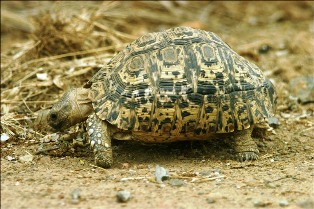
Leopard Tortoise
They tend to be shy and stick to the undergrowth, however we have been successful in seeing them along some of the quieter, less well-travelled roads in Tsavo West National Park.
Their diet is most exclusively vegetarian but they have been seen to chew bones and hyena faeces for the calcium content.. more
Monitor lizards
They can grow extremely large, we have seen individuals which were more than 3 feet long (nose to tail).
They feed on carrion, birds, eggs and small mammals and will rob nests.More
Mammals
Eastern Dwarf Mongoose
They are most active in the middle of the day when they go out hunting together. They feed mainly on insects but they also take snails, lizards, snakes, eggs and birds.More
Kenya Bats
Since most bats are nocturnal, they are difficult to see and hence believed to be ghosts.
This is especially true of the gregarious cave-dwelling species whose calls are sometimes thought to be the cries of lost souls or demons.More
Kenya African Elephant
Despite their massive size they are entirely vegetarian eating a wide variety of foods including grass, leaves, shoots, flowers, bark and a variety of cultivated plants (maize, bananas, mangoes, sweet potatoes etc).More
Kenya Black and White Rhinoceroses
The two can be distinguished by the mouth, which has a prehensile upper lip in the Black and a very wide upper lip in the White. Also the White Rhinoceros has a large hump at the top of the neck behind its head.More
Kenya Cape buffalo
Despite this vegetarian and somewhat pastoral appearance they are fearsome animals, killing more people than lions or crocodiles ever do.More
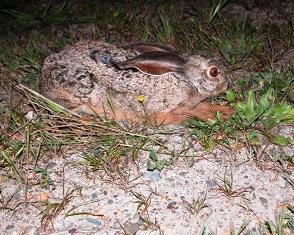
Kenya Cape Hare
They have excellent hearing and sense of smell but while they have very large eyes, their eyesight is only moderate for stationary items (it is, however, very good for moving objects).More
Kenya Hippopotamus
Despite being depicted as a gentle, slow giant in many stories and cartoons, the reality is very different. Hippos are fast, they can outrun the average man, big and bad-tempered if interfered with.more
Kenya Warthog
They mostly eat short grass and tubers or fallen fruit, however they are also known to eat carrion and small mammals. When grazing they look rather odd since they kneel.more
White-toothed Shrew
They have long whiskery noses and live in amongst the vegetation. Kenya White-toothed Shrew eat insects and other invertebrates as well as eating small vertebrates.More
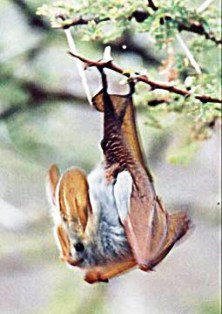
Yellow winged Bat
It is quite often active by day (as with the one pictured on this site) and will, if disturbed, fly long distances in broad daylight. In the picture you can see that the bat has its eyes open observing its surroundings.More
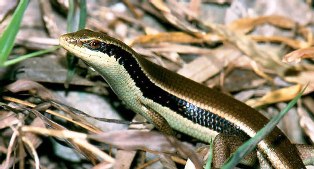
Kenya Skinks
The skink is a rather attractive animal with its shiny, almost metallic looking scales. It is often found basking on rocks or walls.More
Rock Hyrax
Kenya Rock Hyrax are mainly vegetarian eating leaves and grass and have a remarkably high tolerance to plant toxins. They will also sometimes eat insects and small lizards. They are adapted to life in dry rocky terrain and can survive for long periods without drinking.More
Carnivores
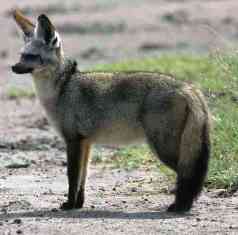
Bat-eared Fox
It is mainly nocturnal or crepuscular spending the day either resting in its burrow or, as in the individual we photographed, sunbathing just outside the hole. They mate for life and form family parties with their .more
Serval Cats
It stalks its prey and then pounces on it from above.
It is also accomplished at taking birds out of the air; it achieves this by leaping high and seizing the bird as it passes. It is a solitary and wary cat which is quite difficult to see. More
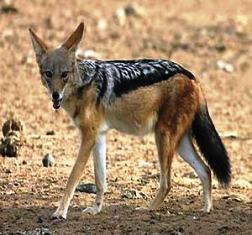
Black backed Jackal
The Black backed Jackal, Canis mesomelas, is another of the dogfamily that pairs for life.
The young are reared by both parents and they hunt together in family parties. Jackals are opportunistic feeders who are equally at home hunting
small antelope or scavenging at larger kills..More
Cheetah
One of the world's fastest land animals, the Cheetah, Acinonyx jubatus, is another solitary cat. It has a distinctive sleek, streamlined shape with long legs and a very flexible spine. This makes it ideally suited to taking its favourite prey, Thomson's Gazelle.
It can switch direction and twist and turn with remarkable agility for an animal of its size. Unlike the rest of the cats, Cheetahs do not have retractile claws but they do have the most magnificent low purr when resting and content.More
Leopard
Unlike the lion, the Leopard, Panthera pardus, is a solitary animal. They are silent and wary and tend to glide away into the brush if disturbed.
Being accomplished climbers you may see them during the day resting in a favourite tree or on a large rock. They also take larger kills up into the branches as a protection from passing scavengers.More
lion
Kenya has the biggest number of lions in the whole of East Africa. Lions are in different sizes and structure. There are those with mane and those which are maneness like those Man eaters of Tsavo National Park. The Kenya lion, Panthera Leo, needs no introduction. Those people who have seen the Lion King or have watched any of the numerous films set in Africa will be familiar with the Swahili name for Lion, "Simba"More
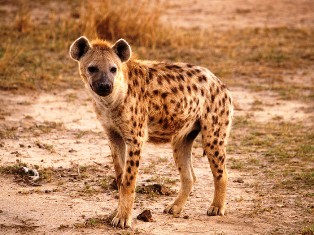
Spotted hyna
Despite the size and superficial resemblance to a dog, Hyenas are not related to any of the canine species their closest relative is the Aardwolf.
Hyenas have a formidable set of molars which can grind and crush just about anything, this allows them to make the most of any carrion they find (they will eat every part of an animal including bone, skin and hair).More
Antelopes
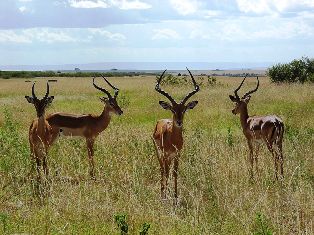
Impala
One of the distinguishing features of Kenya Impala is the dark spot on the body at the junction with the top of the back leg. Impala are grass eaters which prefer lightly wooded country with a ready supply of water close by.
Females form into harems with their young, each harem has a single male who will fight other males to defend his group and territory.More
Wildebeest
One of the classic sights in Kenya is the long lines of Wildebeest travelling insingle file to and from water (they drink daily).
They look rather tired since they travel with their heads hanging down, but in fact this isn't tiredness, Wildebeest have scent glands in their feet and so as members of a herd travel they keep their noses close to the ground to catch the scent of other group members.
Kirks Dik dik
Kirks Dik diks are dry country animals and have no need to drink, getting all the water they need from their food which consists of leaves, buds, flowers, fruit as well as grass.
Salt is extremely important in their diet and they die very quickly in captivity if salt isn't readily available. It is only the males that have horns, but sometimes these can't be seen clearly as they may be hidden by the tuft of forehead hair. They are very common in both Samburu and Tsavo which is where we tend to see them most.more
Grants Gazelle
It has a white rump and the base of its tail is also white, this feature is emphasised by the dark stripe down the back of each thigh.
Females occasionally also have a dark stripe along their flanks. These gazelles are often found in mixed groups alongside other herbivores e.g. Wildebeest, Zebras and Thomson's Gazelle.
They may occur in large numbers (up to 500 individuals) in suitable areas. They eat herbs and the foliage of shrubs most of the time except at the start of the wet season when they eat the grass while it is young and green.e start of the wet season when they eat the grass while it is young and green.More
Cokes Hartebeest
also known as the Kongoni, has the distinctive "Hartebeest" look with its long narrow head and sloping back.
It is a grass eater which is found on open plains in small groups. Females tend to form harem troops and young males will often group together, although solitary males are often seen.more
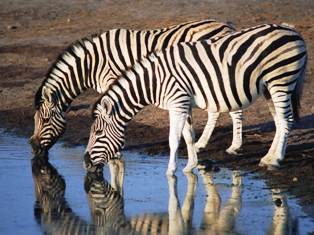
Common and Grevys Zebras
Kenya Common and Grevys Zebras lives in the drier regions of Kenya and can be seen in Samburu and Buffalo Springs.
t is the largest of the wild equids and has very large rounded ears, it is however much easier to distinguish them from the pattern of stripes.
In the Kenya Common and Grevys Zebras the stripes are broad and continue down into the belly, in Grevy's they are very narrow and they stop on the lower flanks leaving the belly clean and unmarked.nd they stop on the lower flanks leaving the belly clean and unmarked.more
DeFassa Waterbuck
The Northern or DeFassa Waterbuck has a whitish rump while the Southern Common Waterbuck has a large white ring on its rump (or, as it was once described to us "a target painted on its bum"!).
They are stout and strongly built with a rough coat. They have sweat glands across their whole body and these produce a waterproofing fluid which coats the whole body.more
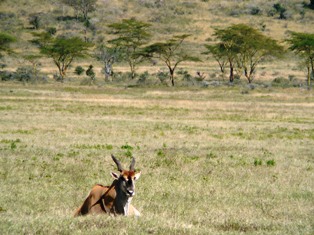
Eland
Kenya Eland have scent glands on their hind legs just above the hooves so they leave a scent trail as they walk through the grass.
They are mostly found in woodland and, despite their massive size, they are rather shy animals and disappear silently into the trees if disturbed.
They browse on herbs and foliage and their system is adapted to a high protein, lower fibre diet. They can tolerate tough, aromatic food and eat myrrh and bush willow. Kenya Eland also eat acacia seed pods and marula fruit but are attracted to the early flushes of greenery that you get after the rains, more
Gerenuk
Kenya Gerenuk stands on its hind legs and uses its long neck to browse the bushes and trees
It eats leaves, buds, fruit and flowers as well as any climbing plants. It is a dry country animal and gets most of its water from its food, only occasionally stopping to drink from pools. They are common in Samburu and we've found this is the best place to see them.more
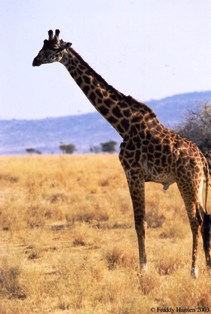
Giraffe
There are 3 different subspecies of Kenya Giraffe found in Kenya; the Reticulated Giraffe (the form most commonly seen in Samburu) has narrow cream-coloured lines criss-crossing a brown background which gives the impression that the animal has been encased in a net.
The Maasai Giraffe (common in Amboseli, Tsavo and the Maasai Mara) has less well defined markings and lacks the clean lines of the Reticulated Kenya Giraffe, the markings can sometimes look like small rosettes of dark brown on a creamy-yellow background.More
Greater Kudu
is an impressive animal with its long spiral horns and distinctive markings
The female of Kenya Greater Kudu generally don't have horns although some females do grow small ones, but like the males they also have the narrow white body stripes, broad white nasal stripe and white cheek spots.More
Lesser Kudu
as its name suggests, is smaller than the Greater Kudu. Males reach a maximum weight of 108kg (Greater Kudu males can weigh up to 315kg) with females weighing up to 70kg (215kg for the Greater Kudu).
Kenya Lesser Kudu have between 11-15 vertical white stripes on their bodies and large white patches on their necks and chests. They live in bushland with Acacia and Commiphora thickets.More
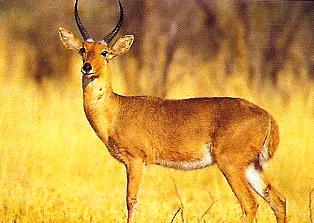
Reedbuck
is a grass-eater with very good sight, hearing and sense of smell.
When disturbed it lies flat with its neck stretched and then leaps up at the last moment. It is important for Reedbuck to have a ready supply of water and they are territorial with an old male defending a small number of females.More
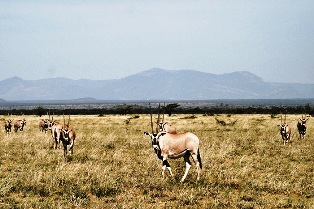
Oryx Antelope
is dry country animal which is at home in desert environments. They have acute hearing and can detect men on horse-back/camel-back and also cars, light aircraft etc at distances of over 1km.
Kenya Oryx scatter and hide almost immediately. They generally occur in small groups although in desert regions they can form into large herds. If attacked they will defend themselves using their horns to skewer their attacker.More
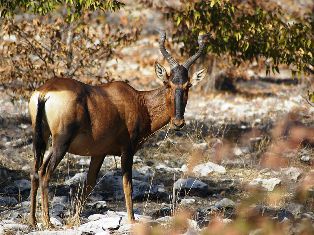
Topi Antelope
is a distinctively marked animal which resembles a Hartebeest and indeed one subspecies of Damaliscus lunatus is known as Hunter's Hartebeest (other members of the species are known as the Sassaby, Korrigum, Tiang and Hirola).
It has a sloping back, weakly lyre shaped horns and purplish-blue patches on its flanks, legs and shoulders. Kenya Topi Antelope are sociable gathering in small harems of a few females with their young and a single male.More
Thomsons Gazelle
is the smallest of Kenya's gazelles and is the favoured prey of the Cheetah. It forms herds with a single male holding a harem of between 5-65 females and young.
Younger males group together in bachelor herd which can contain hundreds of individuals. In the dry season the herds move around and merge into groupings which can number into the thousands.More
Primates
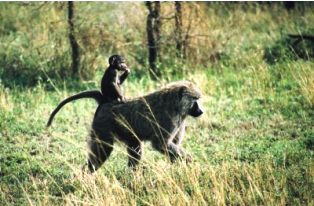
Baboons
is a large terrestrial monkey with a somewhat dog-like head. There are 2 subspecies found in Kenya; the Yellow Baboon found in Eastern Kenya and the Olive Baboon found throughout the rest of the country.
The 2 species can be told apart by build, the Yellow Baboon is slimmer and longer limbed, and by the presence of a mane (present in the Olive Baboon but absent in the Yellow).More
Skykes Monkeys,
is also known as the White-throated Guenon. These are forest monkeys which live and travel in family groups with up to a dozen or more members.
They feed in the morning and late afternoon in the forest canopy but they descend to lower levels during the hottest parts of the day.
They mostly feed on leaves, fruit, shoots, flowers, bark, fungi, lichen, grass etc but they also eat insects, eggs and young birds. We have first-hand experience of both their taste for fruit and their ingenuity in getting it.More
Game Reserves in Kenya
Nairobi national park | Aberdare National Park in Kenya | Amboseli National Park in Kenya | Arabuko Sosoke Forest National Park | Lake Nakuru national park | Mount Kenya national Park | Ol Donyo Sabuk National Park | Mount Longonot National Park | Mwea National Reserve in Kenya | Nasolot National Reserve | Ndere Island National Park in Kenya | Bisanadi National Park | Buffalo Springs and Shaba National Reserve | Chyulu Hills National Park | Hells Gate National Park | Kakamega Forest National Reserve | Kisite Mpunguti Marine National Park | Kisumu Impala Sanctuary | Kiunga Marine National Reserve | Mount Elgon National park | Kora National Reserve | Laikipia game reserve | Marsabit National Park in Kenya | Masai Mara National Reserve | Meru National park in Kenya | Mombasa Marine National Park in Kenya | Mwingi National Reserve | Nairobi animal orphanage | Ruma National Park in Kenya | Saiwa Swamp National Park | Samburu National Reserve | Shimba hills National Reserve | Sibiloi National Park in Kenya | The Tana River National Primate Reserve | Tsavo East National Park | Tsavo West National Park | Watamu Marine National Park and Reserve |
Where to See Animals in Kenya/ Game Reserves in Tanzania
Mahale Mountain Park › | Udzungwa National Park › | Tarangire National Park › | Serengeti National Park › | Serengeti Wildbeest Migration › | Ruaha National Park › | Rubondo National Park › | Ruma National Park › | Saadani Nation park › | Selous › | Mikumi › | Mkomazi › | Gombe Stream › | Kitulo › | Katavi › |Recent Articles
-
Garam Masala Appetizers ,How to Make Garam Masala,Kenya Cuisines
Sep 21, 14 03:38 PM
Garam Masala Appetizers are originally Indian food but of recent, many Kenyans use it. Therefore, on this site, we will guide you on how to make it easily. -
The Details of the Baruuli-Banyara People and their Culture in Uganda
Sep 03, 14 12:32 AM
The Baruuli-Banyala are a people of Central Uganda who generally live near the Nile River-Lake Kyoga basin. -
Guide to Nubi People and their Culture in Kenya and Uganda
Sep 03, 14 12:24 AM
The Nubians consist of seven non-Arab Muslim tribes which originated in the Nubia region, an area between Aswan in southern
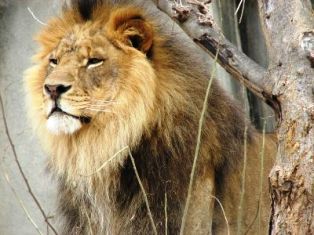
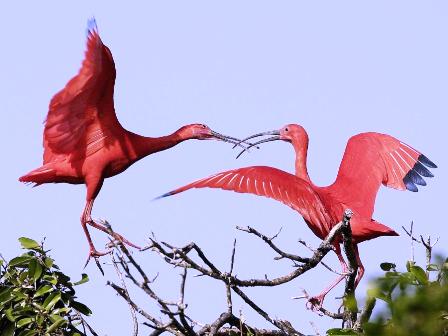
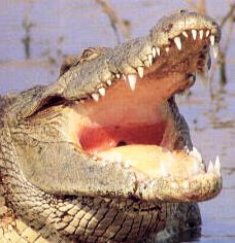
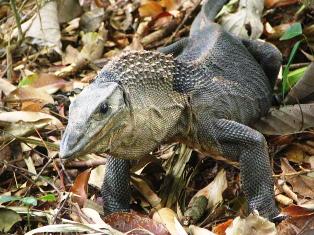
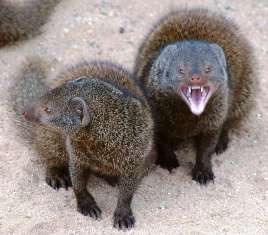
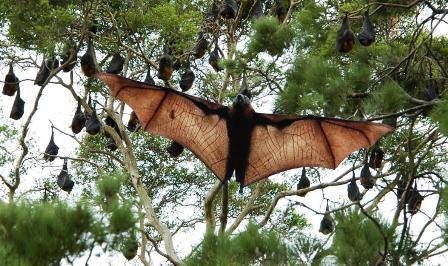
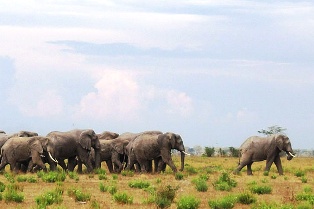
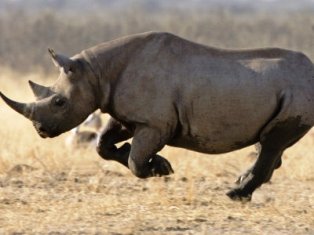
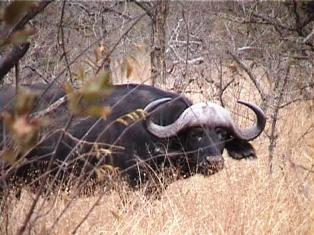
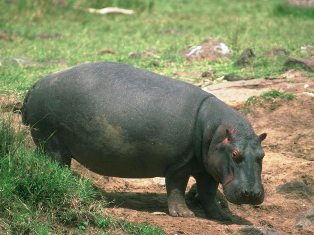
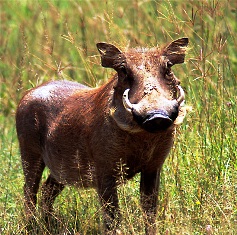
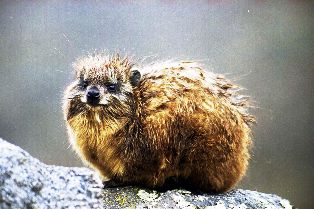
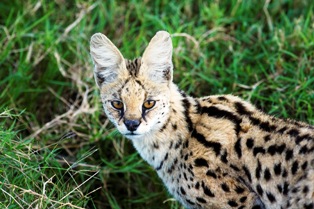
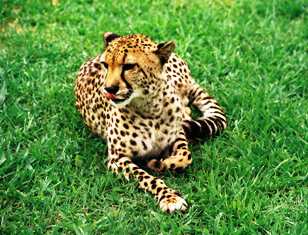
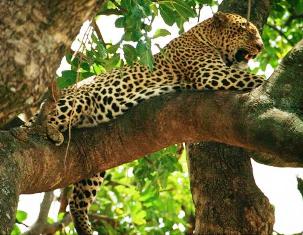
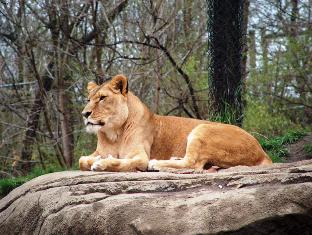
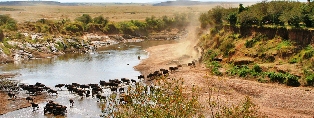
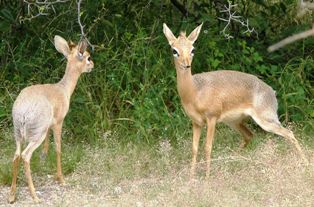
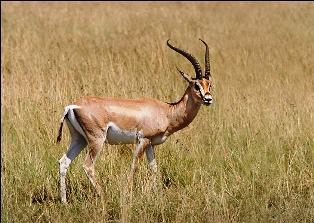
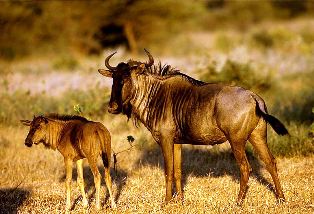
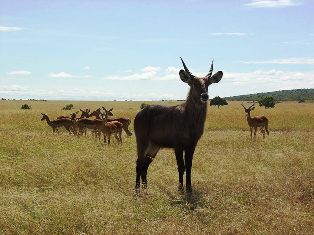
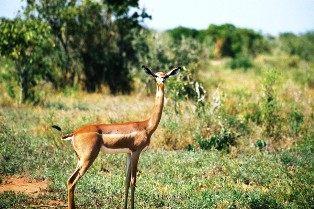
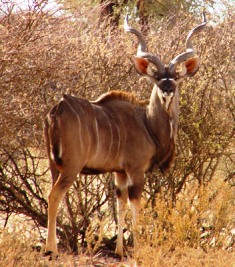
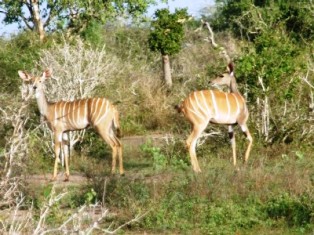
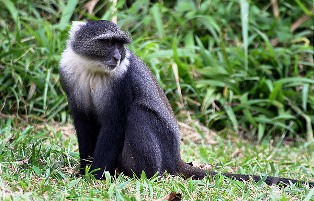







New! Comments
Have your say about what you just read! Leave me a comment in the box below.